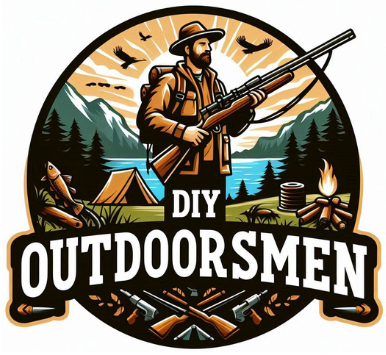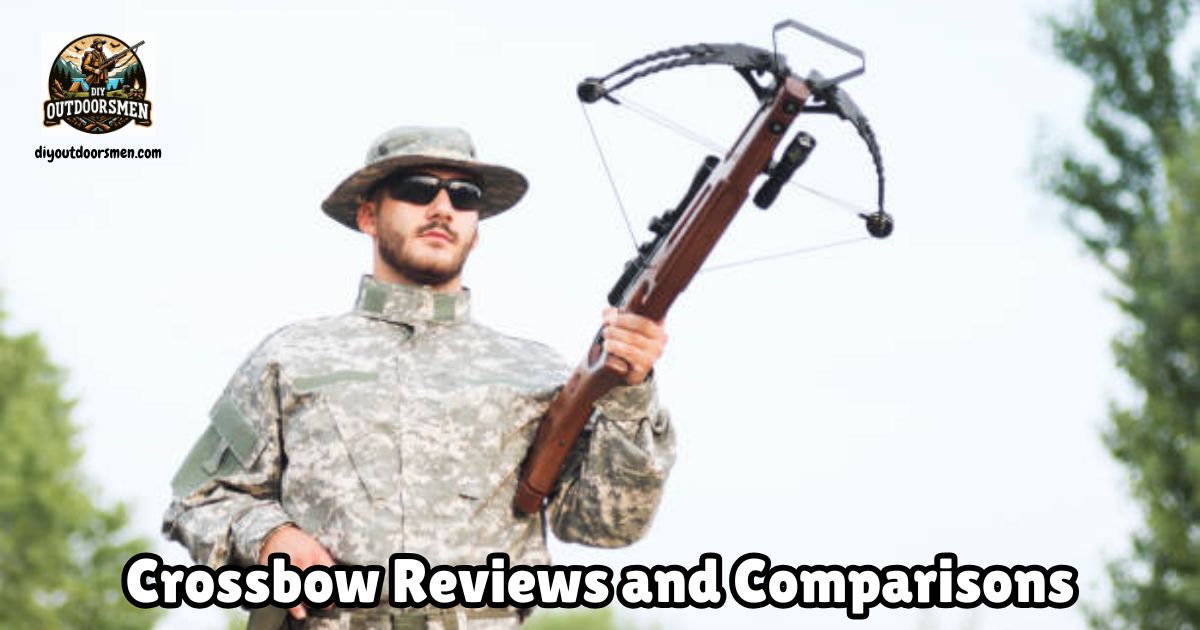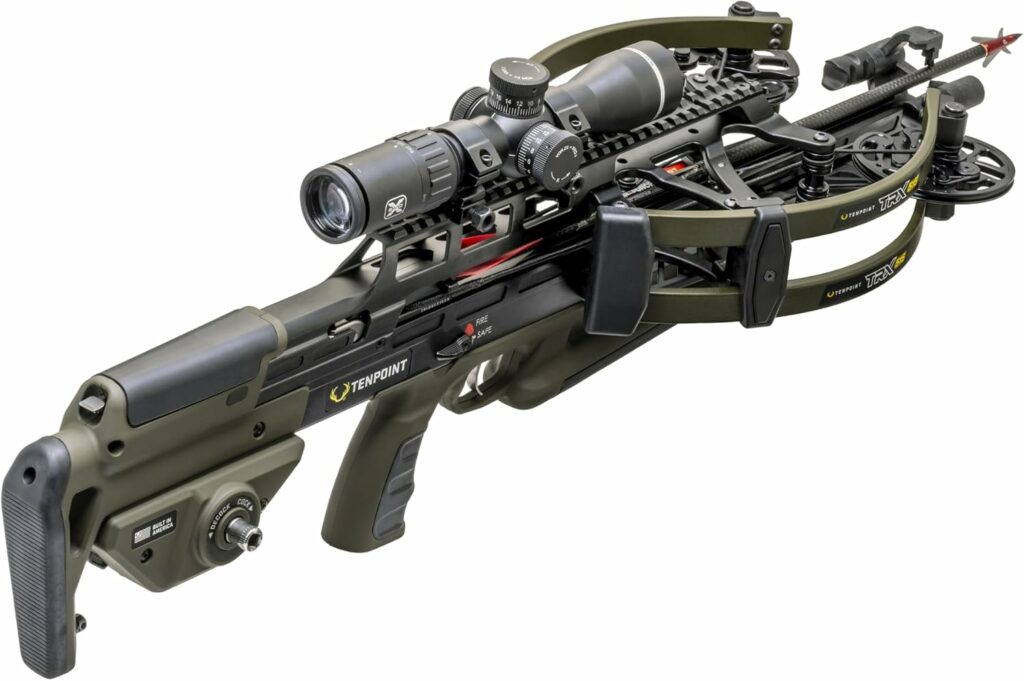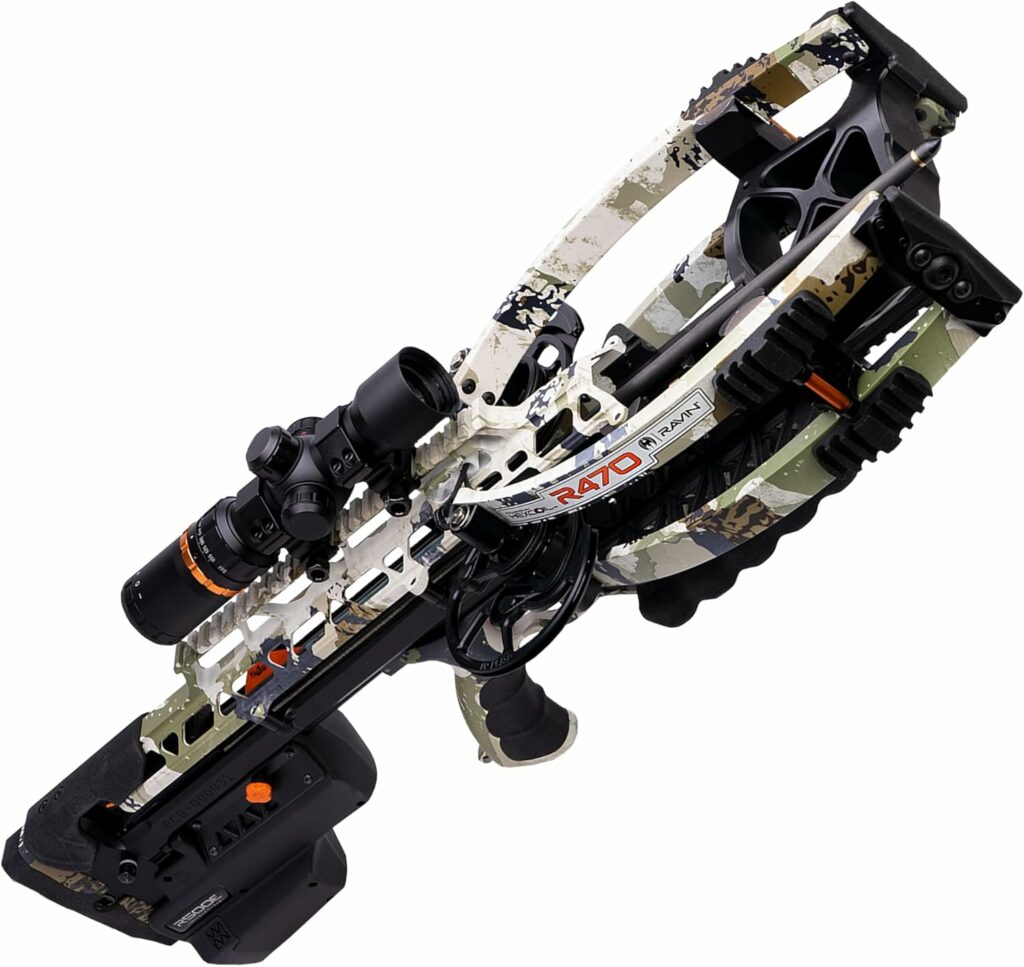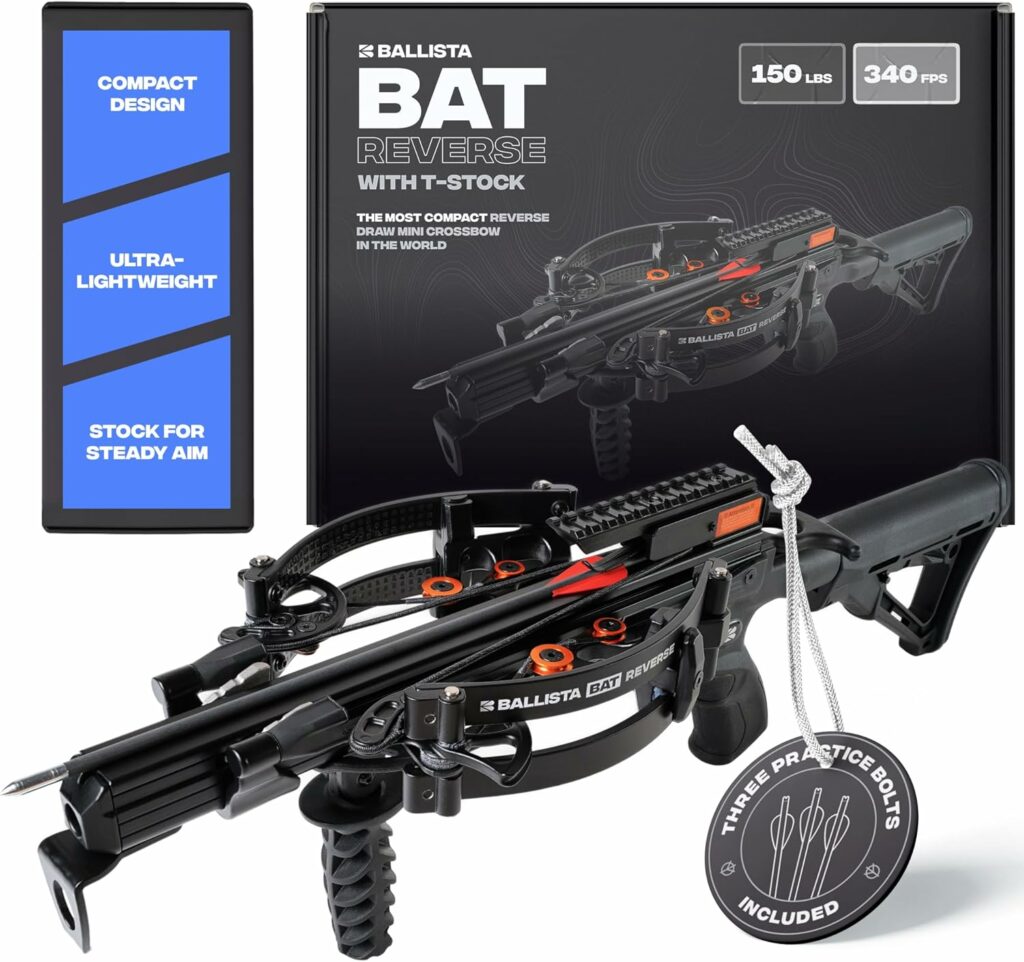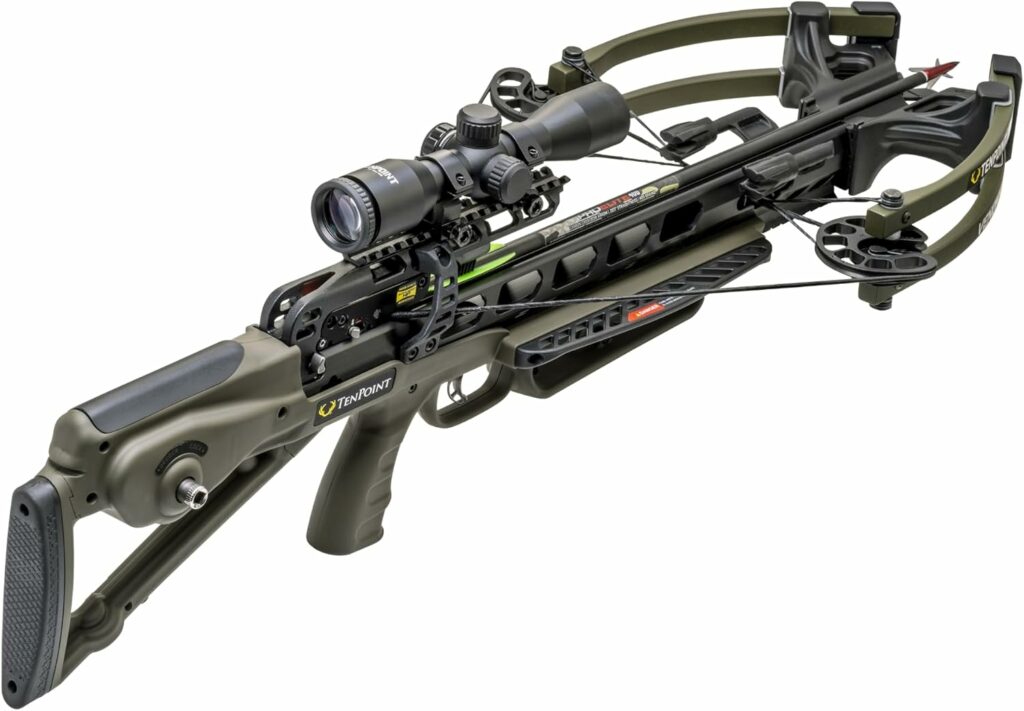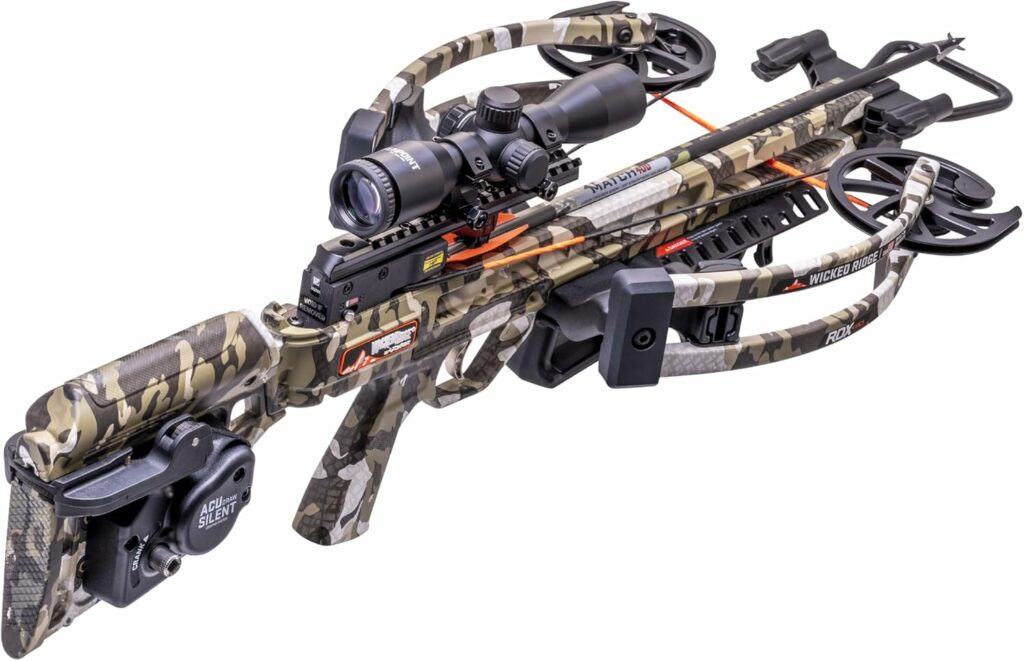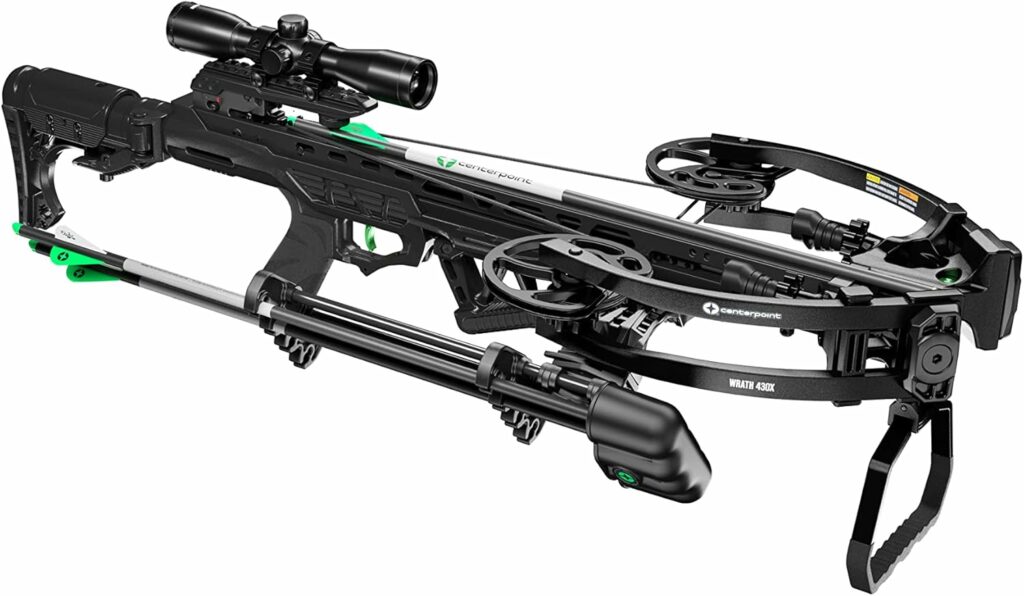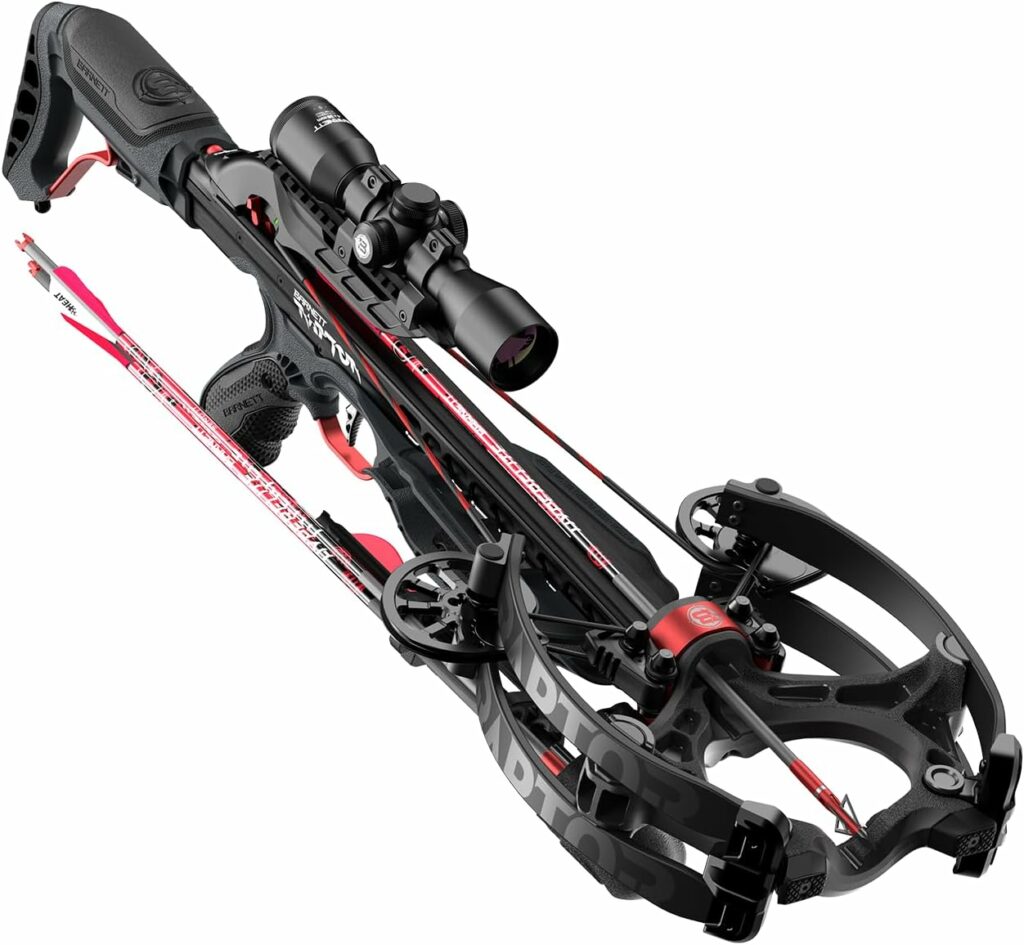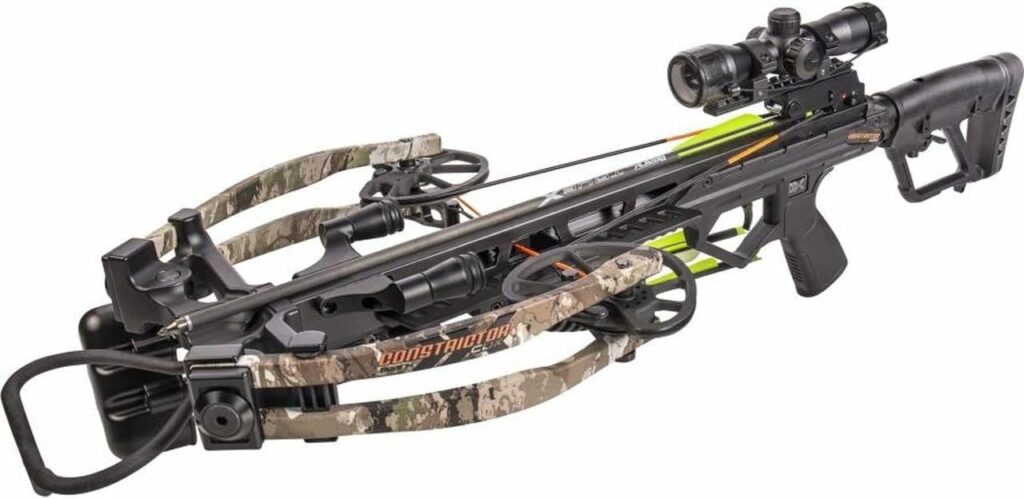Contents
If you’re thinking about picking up a hunting crossbow, I completely understand how confusing it can get. There are a ton of different models out there, each with unique features, and the specs can seem like a bunch of numbers at first.
QUICK LOOK: Key Factors to Consider When Selecting a Crossbow
- Draw Weight: More force, better penetration, but requires more strength.
- Arrow Speed: Faster speeds mean flatter shooting, but might come with extra noise or vibration.
- Weight/Size: Lighter is more mobile, heavier feels steadier but takes more effort to haul around.
- Noise & Vibration: Quieter crossbows won’t spook game, and vibration-dampening helps keep shots accurate.
- Safety Features: Automatic safety catches and anti-dry fire systems prevent accidents.
- Cocking Mechanism: A crank or rope cocker makes loading easier, especially with high draw weights.
Choosing the right one can make a huge difference, not just in your hunting success, but also in how comfortable and safe you feel using it. I’ve had a chance to try out a range of crossbows in all sorts of hunting environments, so in this article, I’ll break down key points that can help you make a solid choice based on your hunting needs and budget.
What to Look For in a Hunting Crossbow
I always start by looking at the basics: draw weight, arrow speed, overall weight, size, noise, vibration, and the safety features. Each plays a different role in how your hunting crossbow performs and how enjoyable your experience will be in the field.
Draw weight tells me how much force it takes to pull the string back. If you’re targeting bigger game like deer or elk, you’ll want a higher draw weight because it provides more penetrating power. But if it’s too heavy, cocking the crossbow can be tough, especially during long hunts.
Arrow speed, measured in feet per second (FPS), affects both how far and how accurately I can shoot. Models that hit 400 FPS or higher can be exciting, but speed isn’t everything if the bow feels awkward in your hands. Overall weight and size matter a lot when you’re hiking through thick brush or setting up in a tree stand.
I prefer lighter, more compact hunting crossbows for easier carrying, but some folks prefer the stability that a heavier bow can offer. Compact crossbows also give me an edge in tight spots or when quick aiming is needed.
- Draw Weight: More force, better penetration, but requires more strength.
- Arrow Speed: Faster speeds mean flatter shooting, but might come with extra noise or vibration.
- Weight/Size: Lighter is more mobile, heavier feels steadier but takes more effort to haul around.
- Noise & Vibration: Quieter crossbows won’t spook game, and vibration-dampening helps keep shots accurate.
- Safety Features: Automatic safety catches and anti-dry fire systems prevent accidents.
- Cocking Mechanism: A crank or rope cocker makes loading easier, especially with high draw weights.
Don’t forget to think about the type of arrows a hunting crossbow needs. Making sure your arrows are the right length, weight, and material keeps your gear working right and helps maintain accuracy.
Crossbow Categories: Speed, Accuracy, Value, and Size
To help you narrow things down, I usually sort crossbows into a few main categories: high-performance and speed, accuracy-focused, budget-friendly, compact, and recurve designs. I’ve tested a handful in each category to see what they actually deliver in the field.
High Performance and Speed
If you like the idea of maximum arrow speed, the TenPoint Nitro 505 and TRX 515 both stand out. The Nitro 505 can send arrows flying at around 505 FPS. The TRX 515 even nudges ahead of that. These models use high-end cams and sturdy constructions that pack a punch against big game.
The Ravin R470 is another strong performer, hitting up to 470 FPS with a notably compact build that makes it easier to handle than some other top speed crossbows. For those who want lots of kinetic energy, the BALLISTA BAT Compound Crossbow has a reverse draw design that provides extra power for tough targets.
Accuracy Focused Crossbows
If you’re more interested in group size than FPS, you’ll appreciate what I noticed with the Ravin R29X and Ravin LR. In my view, the R29X offers outstanding accuracy with groupings under an inch at 50 yards.
The LR keeps a tight average at longer yardages, so both are useful for hunters who need precise shots. The Excalibur Assassin Extreme and Mission Sub1 XR both gave me super consistent groups while also offering easy cocking systems, which is handy in the field when you need fast reloads.
Budget-Friendly and Value-Driven Options
Not everyone wants to empty their savings for a hunting crossbow, and you don’t have to. The TenPoint Venom X checks a lot of boxes at a more modest price and has a reliable cocking and decocking system. It’s quieter than many rivals in its price range. Wicked Ridge RDX 410 surprised me with performance that’s tough to match at its cost, especially for a reverse draw model.
The CenterPoint Wrath 430X impressed me with speeds over 400 FPS without breaking the bank. The Barnett Hyper Raptor is another good choice if you’re looking for speed but have a tight budget; it’s also pretty lightweight for its power.
Compact and Maneuverable Crossbows
When hunting from a small blind or hidden patch of brush, I’ve come to appreciate compact crossbows. The TenPoint TX 28 has a short frame at 28 inches, which makes it much easier for me to aim and shoot in tight spots.
The Killer Instinct Vital X is even shorter when cocked, which lets me move it around without bumping into anything. The Bear Archery Constrictor LT is also a strong option if you like to hunt in areas with lots of cover.
Simple and Reliable: Recurve Crossbows
If you want less maintenance and simplicity, the Excalibur Crossbow Micro 340 caught my attention. Its recurve limbs mean fewer moving parts, so there’s less chance something will go wrong in the middle of a hunt. This design may not hit the crazy speed numbers of some compound crossbows, but reliability is super important, especially when far from camp.
Other Features to Keep in Mind
Durability makes a big difference when you’re putting a crossbow through heavy use. I always check what materials the riser, rail, and limbs are made from. Solid metal or composite usually holds up much better than plastic-heavy builds. A comfortable stock with adjustable cheek rest and grip helps with aiming for longer periods, especially on long sits in the stand.
Safety features, especially auto safeties and anti-dry fire triggers, provide peace of mind and have helped me avoid some close calls over the years. If you’re new to crossbows or don’t have the arm strength of a powerlifter, mechanisms that help you cock the bow, like integrated cranks or easy-use rope cockers, are a big help.
Matching Your Crossbow to Your Hunting Style
Your personal hunting approach should guide your final choice. When I hunt from a tree stand, I gravitate toward lighter and more compact crossbows for obvious reasons; they’re easier to lift and handle at awkward angles.
In open fields, I don’t mind a slightly bigger, heavier crossbow that offers more stability for longer shots. For spot and stalk hunts, keeping weight and size low makes traveling over rough ground much less tiring.
The kind of game matters, too. Hunting elk, moose, or wild boar calls for maximum draw weight and speed, but deer, turkey, or smaller game are manageable with more moderate specs. Always check local game recommendations to make sure your crossbow is up to the task and following legal requirements.
FAQs About Hunting Crossbows
What’s better for beginners, compound or recurve crossbows?
From my experience, compound crossbows often have more power and features, which can benefit newer hunters, but they can be heavier and slightly more complex to maintain. Recurve crossbows are simpler, lighter, and easier to maintain, but may have more challenging cocking and less speed. If you prioritize simplicity and reliability, go recurve. For more features and power, go compound.
Is noise really a big deal in hunting crossbows?
I’ve found that game animals notice noise easily, so a quieter shot can buy you a crucial second for a follow-up. Many modern crossbows include string stops and vibration dampeners that help reduce noise, so I always look for those when trying a new model.
How often do I need to replace crossbow strings and cables?
It depends on usage and maintenance. I usually inspect strings every few hunts and replace them every one or two seasons, or sooner if I notice any fraying or stretching. Keeping them waxed and clean extends their life.
Are more expensive crossbows always better?
From what I’ve seen, price does not always mean a better fit for your situation. Some entry-level and midrange models are reliable, accurate, and durable. It’s smarter to match your crossbow to your needs and budget than to just buy the most expensive option.
Tips for Maintaining and Testing Your Crossbow
Before hunting day arrives, I always try to shoot several arrows at different distances to check accuracy and comfort. Making a habit of tightening the bolts, cleaning the rail, and keeping the trigger mechanism free of debris has spared me plenty of headaches.
Testing different arrow types with your crossbow also helps you find what shoots best with your setup. Remember, even small tweaks can make a substantial difference in how your crossbow feels and shoots.
Choosing the right hunting crossbow means balancing your hunting environment, game targets, comfort, and budget with the features that matter most to you. Take the time to compare, test, and ask questions, because getting a crossbow that suits your style will make the whole experience more rewarding.
If you’re still unsure which crossbow fits your hunting goals, plenty of stores offer the chance to test models before buying. Teaming up with a local archery club is also a great way to get feedback from experienced hunters. There’s no rush; making an informed decision will make your hunts safer and bring more success.
Most Recent Articles:
- Complete Guide On Tracking Game Animals

- DIY 4-Step Guide To Field Dressing And Quartering A Deer

- Night Vision Binoculars For Nocturnal Hunting

- The Science Behind Camouflage Patterns For Deer Hunting

- Binocular Accessories For Hunters

- 9 Tips for Using Trail Cameras To Track Deer Movements

As always, stay safe, enjoy the journey, and please try to leave it cleaner than you found it. If you have any comments, questions, ideas, or suggestions, please leave them in the comment section below, and I’ll get back to you ASAP. You can follow us on YouTube: Man Art Creations for videos of our DIY Adventures.
P.S. Thanks so much for checking out our blog; we really appreciate it. Just so you know, we may receive a commission if you click on some of the links that appear on our site. This helps us keep our content free and up-to-date for everyone. We appreciate your support!
